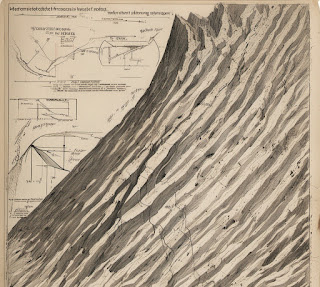Scientists have long puzzled over what happens when oceanic mountains and tinderboxes are pulled into subduction zones.
The experimenters believe that the deposition patches help the monumental pressure gradationally escape in slow slip earthquakes rather of violent temblors.
The findings in the journal Nature Geoscience, will help scientists acclimate earthquake models and unravel the mechanisms that drive earthquakes. The exploration was led by Nathan Bangs, a elderly exploration scientist at the University of Texas Institute for Geophysics. In 2018 Bangs led an ocean seismic check that redounded in the first 3D checkup of a large subducting sierra.
Slow slip earthquakes are slow- stir performances of large earthquakes, releasing the same quantum of pent- up monumental energy, but they can take days or weeks to decompress in a inoffensive creeping fashion. Scientists believe that as a major factor in the release of monumental energy, soft, wettish jewels allow the plates to slide sluggishly, while dry, brittle jewels store energy until they fail in violent and deadly megaquakes.
Bangs said the new findings should tell scientists how those conditions occasionally do, and especially what to look for in other subduction zones around the world. The exploration and seismic check were funded by the National Science Foundation and analogous scientific agencies in New Zealand, the United Kingdom and Japan. The University of Texas Institute for Geophysics is a exploration arm of the Jackson School of Geosciences. Tamil Nadu Economic Geology
Story Source Accoutrements handed by the University of Texas at Austin.
Know Tamil Nadu Geology






0 Comments